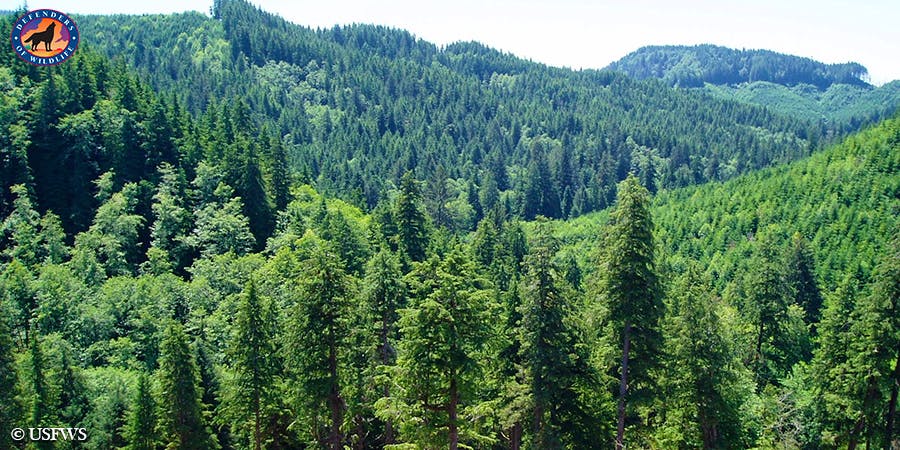“Don’t worry, you’re young...you’ll bounce!”
Many years ago, long before I came to Defenders, my coworker Joe “The Pirate” was weighing in on how he wasn’t terribly concerned if I fell from the scaffolding we were working from. That wasn’t much comfort at the time, but there is some truth to what Joe said: bouncing off unforeseen challenges is a healthy thing because if we’re rigid and set in our ways (or have aging bones), we’re more likely to break.
It was with Joe’s “advice” in mind that I read the title of a new paper out in the journal Nature: Controlled flight of a microrobot powered by soft artificial muscles. And I said, “Ah-ha! I bet this could be of use!” and proceeded to read the paper. And, turns out, it could be!
Artificial soft muscles are engineered materials designed to mimic the flexibility and adaptability of real animal muscles. What do artificial soft muscles have to do with conservation? Well, one of our big challenges is monitoring and managing wildlife and their habitats in the wild. Field biologists can navigate most of these wild areas, but some habitats are so rugged as to be inaccessible--think the cliffs of Hawaii, home to hundreds of threatened and endangered species--and some areas are so large that it’s cost-prohibitive to have people cover them--think of the challenge of finding prairie fringed-orchids in the Great Plains. One possible solution is to deploy robots and drones to help carry out these tasks, whether watching with cameras or even carrying out conservation.


But there are a few challenges to address if drones or robots can do conservation work. In some cases, they might fall victim to potential predators of robots and perhaps more often is the challenge of operating in complex landscapes of trees and shrubs, like where the marbled murrelet lives. Dynamic weather conditions can be a problem too: a sudden wind gust could knock a drone out of the sky and end its mission to find and monitor murrelet nests. In addition to being able to complete a mission, we want to minimize the chances of leaving plastic pollution, like broken bits of battered drones, out in the landscape.


But if you’re a drone that has some flexibility, well, you might be able to bounce and recover from the unexpected, rather than crash-and-“burn”. And that’s where this new research comes in. To replace one of the fragile components of these small bots--the actuators that move the wings--the scientists came up with new soft artificial “muscles” to move the wings. Coupled with semi-rigid wings, the tiny bots can not only fly around, but they can crash into walls and each other, then recover and keep going. Put this advance in small robots or drones that conservationists could use in dense forests or out in the windy plains, and it could help ensure we get the data needed to conserve species!
We’re years from this going to production, but it is exactly this type of advance that could help find new tech-oriented solutions for conservation. We’ll keep an eye out for ways Defenders and the Center for Conservation Innovation can help advance conservation technology, including identifying advances like soft artificial muscles for tiny bots!





